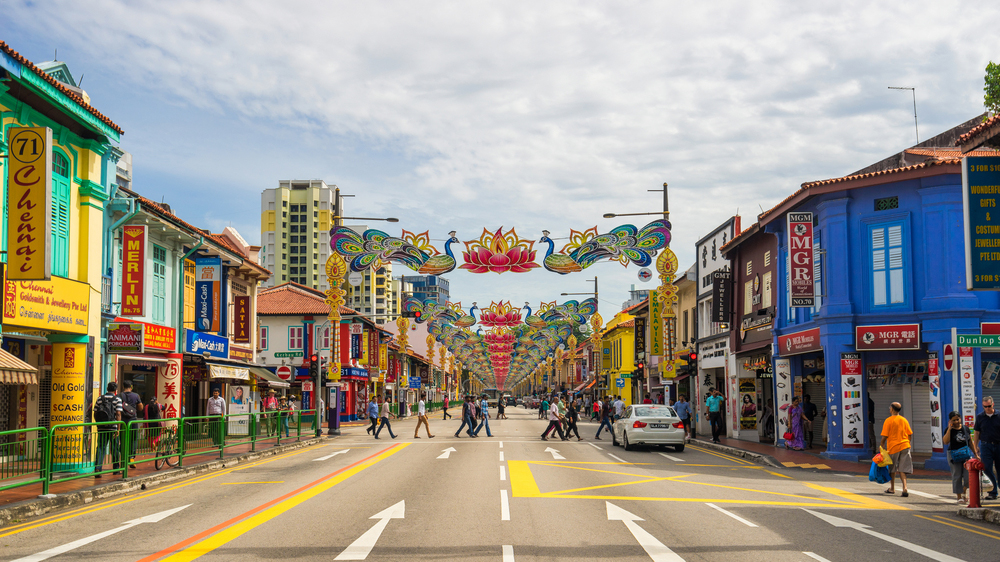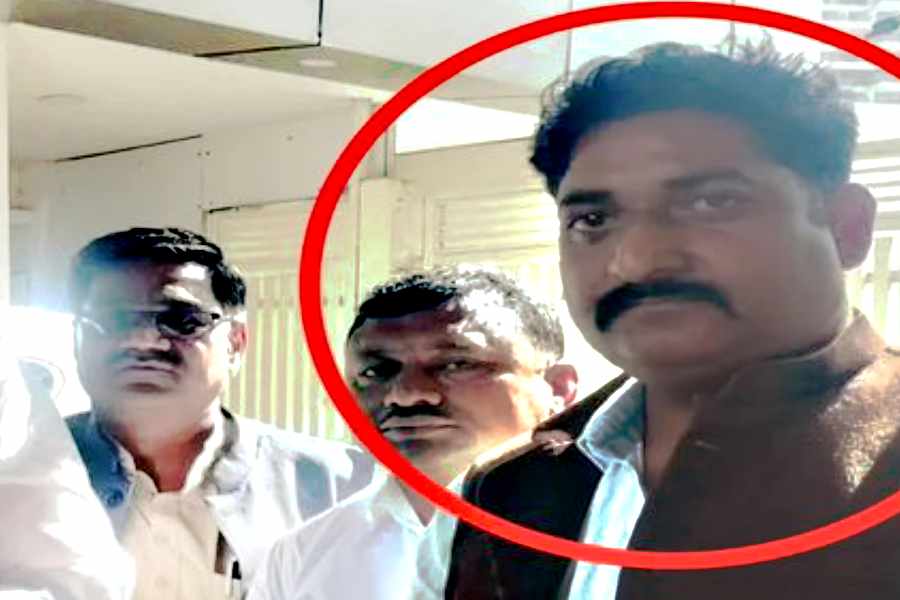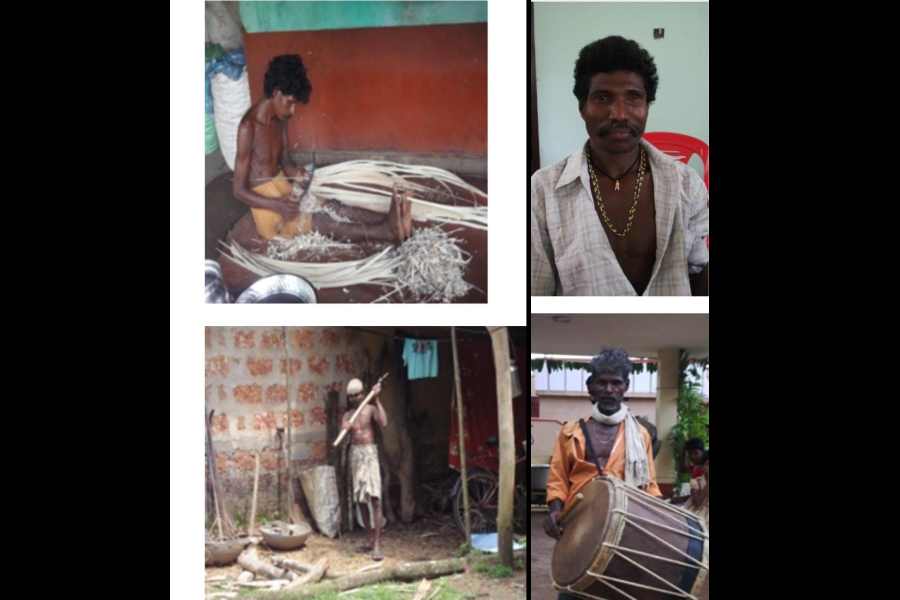Chinese Singaporeans have dubbed the business parks and industrial estates at Changi “Changalore” to mock Bangalore and the supposed influx of Indians. They blame the 2005 Comprehensive Economic Cooperation Agreement between India and Singapore for allegedly allowing hordes of Indian nationals to live and work freely in the fiercely independent city-state that, ironically enough, was once part of what the Ramayana calls Suvarnabhumi, India’s land of gold. That past long forgotten, several hundred Singaporeans gathered in a public park last month to denounce CECA for encouraging immigrants who allegedly place an intolerable burden on all public facilities.
That charge against European Union migrants won Thursday’s British election for Boris Johnson. It is the Assamese neurosis Amit Shah is exploiting to redefine Indian citizenship. Immigration, an issue in Singapore’s 2011 election, is blamed for forcing bankers to drive taxis because highly-qualified Indians work for less. This particular bogey feeds on ignorance because apart from Goh Chok Tong’s 1993 National Day Rally promise to spark “a mild India fever”, other leaders treat their courtship of India like a guilty secret. More of that later. But I must mention here that even Subrahmanyam Jaishankar, the then high commissioner to Singapore, was taken aback to learn from my presentation of my book, Looking East to Look West: Lee Kuan Yew’s Mission India, that on his first visit to China in 1976, Lee Kuan Yew, the founder of modern Singapore, snubbed China’s premier, Hua Guofeng, by rejecting his gift of Neville Maxwell’s India’s China War as “China’s version of the war”.
It’s a grossly unfair simplification to brand Lee racist, as some do. The seasoned diplomat, Ong Keng Yong, high commissioner to India and secretary-general of the Association of Southeast Asian Nations, was nearer the mark when he diagnosed Lee as a realist who was acutely aware of racial characteristics without being swayed by them. On the contrary, he took many counter-measures like compulsory racial mixing in housing estates, fair media coverage for all communities, and an innovative constituency scheme to guarantee minority representation to combat exclusiveness. He knew it would “take a very long time” before Chinese Singaporeans outgrew what the International Herald Tribune’s Michael Richardson called the paradoxical “latent xenophobia” of a city built by immigrants. An Indian colleague who lived in a subsidized housing development board flat and whose desperate attempts at assimilation invited universal derision once told me that his working class Chinese neighbours held their noses when walking past him and his family: they believed Indians stank of curry and mustard oil.
These people are victims of Singapore’s alternative communications system whose power was evident to me in May 1996 when Lee delivered a long and anguished speech in Parliament, voluntarily returning the heavy discount at which he had bought several luxurious properties in prime locations. His son, the present prime minister, Lee Hsien Loong, did likewise. Not having read anything about these exclusive deals in mainstream English-language newspapers, I wondered what could possibly explain Lee’s gratuitous sacrifice until my colleagues explained that the Chinese-educated coffee shop clientele was buzzing with tales about the purchases. Hong Kong’s media, Chinese and English, had picked them up. Once word spread, even Lee couldn’t afford to ignore the mix of gossip and slander that was the buzz.
This time it’s not coffee shop chatter but social media whose appeal no newspaper, radio or TV can match. With 77 per cent of the population active social media users, Singapore is among the world’s top three countries in terms of penetration. Moreover, 40 per cent of Singaporeans aged 16-24 believe online news more readily than official versions. I am told there was nary a word in the mainstream press about anti-CECA feeling while social media was bursting with it, which further whetted public appetite and convinced people that the authorities were hiding something, probably demographic information which has always been a touchy point. Mainland Chinese and Filipinos were earlier blamed for a variety of problems, real or imaginary. Now, CECA-sponsored Indians are said to threaten Singaporean jobs. The official explanation that some bankers have become redundant not because of CECA but because they resisted the demands of digitalization isn’t heard forcefully enough. Actually, all governments are careful not to disturb the balance between Chinese (76 per cent), Malays (15 per cent) and Indians (7 per cent). But social media instigates people to wonder where the new hi-tech centres will find the necessary trained manpower. At once, they think of India with its millions of English-speaking technocrats used to the same British laws who have already done well in the West but are now allegedly flocking to Singapore, possibly because of what is called the ‘glass ceiling’ in Anglo-Saxon societies.
That is where CECA comes in. Like Singapore’s aborted vision of package tours for European and American tourists who would be in Orchard one day and Odisha the next without realizing they had crossed international boundaries, or ambitious but failed plans for a Tata-Singapore Airways domestic airline in India, it might contribute to a seamless world. But the contemplated “larger process of Asian integration” is of capital, organization and technology, not manpower. Manmohan Singh and Lee Hsien Loong who signed the agreement saw it as a potential source of global investment via Singapore, which would collect middleman’s fees. But this purpose of CECA’s 600 or so pages has never been publicly discussed. Nor has Singapore’s mainstream media bothered to analyse its contents. True, it’s just one of Singapore’s 25 or so free trade agreements. But it’s the only one with a South Asian country. It marks the fruition of a dream that began on August 15, 1947 as sitting by the radio in his rooms in Fitzwilliam College, Cambridge, Lee listened spellbound to the eloquence of Jawaharlal Nehru’s ‘Tryst with Destiny’ speech rolling through the ether. “I have always taken a keen interest in both China and India”, he said in New Delhi in 2005. “Like all democratic socialists of the 1950s, I tried to forecast which giant would make the higher grade. I had rather hoped it would be democratic India.” At one time, he expected India to take Britain’s place in South-east Asia.
But — De mortuis nil nisi bonum, Of the dead, [say] nothing but good — Lee was at fault for not sharing his dream with his colleagues. None of the politicians and senior civil servants I talked to while writing Looking East had any idea of his intense interest in and profound knowledge of India. They didn’t know of his repeated visits year after year, sometimes even twice a year, or of the links he built up with prominent Indian businessmen, army officers, bureaucrats and politicians. Wondering at Lee’s reticence, an Indian Singaporean woman lawyer at my book talk suggested it could be because in those days Chinese Singaporeans thought of India as the home of ‘coolies’ (later ‘foreign workers’) suffering poverty, disease and illiteracy. “What can such a country teach us?” they would have asked. If more attention had been paid to correcting attitudes, a Mandarin-speaking ruling party politician might not have sneered that Little India — where Indian and Bangladeshi labourers congregate massively on Sunday afternoons — is in “complete darkness (hei qi qi) not because there is no light but because there are too many Indians around”. Nor would another ruling party politician have found it necessary to warn that Singaporeans felt “threatened” by the proposal to invite more foreigners. CECA would not have been a bone of contention either.
Lee told me once that despite his manifold virtues, Nehru, whom he greatly admired and respected, failed in not recasting India in his own image. Misconceptions about CECA sadly suggest the same charge can be levelled at him in respect of Singapore.












